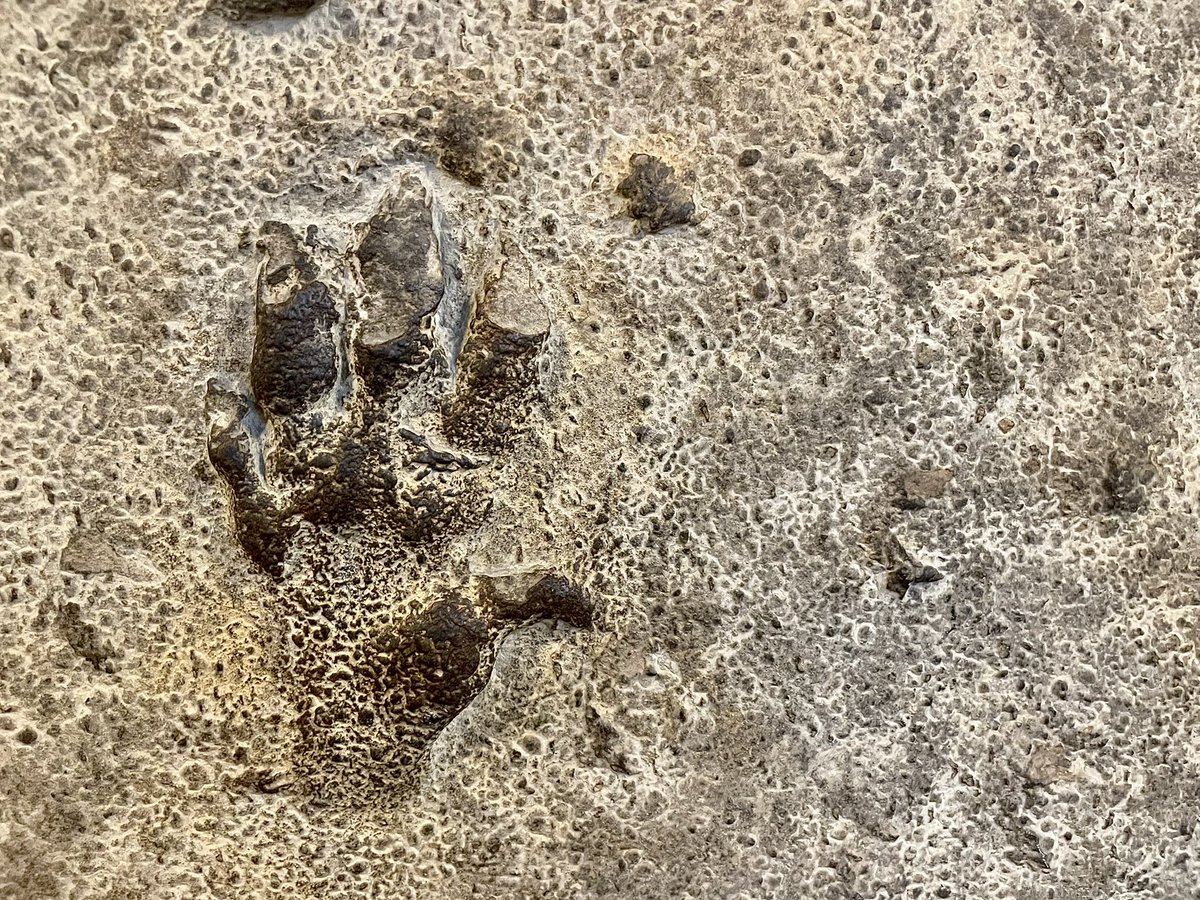
Probably the most well known of all major extinction events is the Cretaceous-Paleogene, also called the K-Pg, extinction event which happened about 66 million years ago. About 80% of all species were eliminated. 

Nearly all dinosaurs and many marine invertebrates went extinct during this time. In fact, the only lines of archosaurs (the group that contains dinos, birds, and crocodilians) that survived were those that led to modern birds and crocodilians
Since the 1980s the leading theory for the main cause of the K-Pg extinction is that of the famous ‘asteroid theory’…
Tektites (fractured sand grains from meteorite impacts) and iridium (vanishingly rare in the Earth’s crust, but found in meteorites) are found in the fossil record associated with the extinction to support this theory.
A crater some 180km across was found buried near the Yucatan peninsula in Mexico, this was confirmed as an impact associated with the K-Pg event in 2016 following drilling below the sea floor to bring up rock samples.
Like with the other 4 mass extinction events we’ve looked at this week, the K-Pg event was likely caused by several factors. Some say there were multiple asteroids that made impact with the Earth, and others cite…
…the outpouring of lava from the Deccan Traps in modern-day India which caused a massive release of CO2 into the atmosphere that greatly warmed the planet…
…and still others associate the die-off with the continued rearrangement of the world’s landmasses which would have gradually changed the habitats favoured by the dinosaurs and other animals living at the time.
A combination of the above theories is still likely, with a gradual deterioration of ecosystems ending with a massive asteroid impact which would have sent debris and sulphur into the atmosphere,…
….blocking light, stopping plants from photosynthesising, as well as causing tsunamis and wildfires, and perhaps even causing the eruptions at Deccan lavas.
Many well-known creatures from the towering T. rex to the humble ammonites disappeared from the planet. Pictured here is the skull of Triceratops horridus, which weighed twice as much as an African elephant 

• • •
Missing some Tweet in this thread? You can try to
force a refresh














